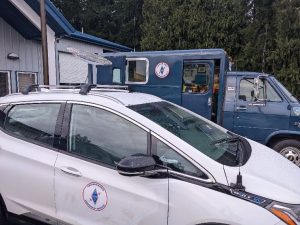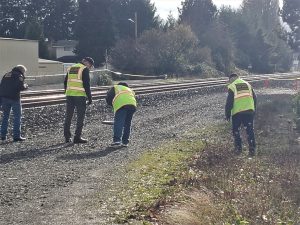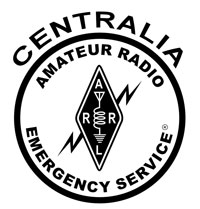
Most folks who sign up for Elon Musk’s STARLINK satellite system use it to provide reliable internet to their homes, especially in areas not otherwise reachable by traditional internet providers. Friday, January 7th, the Centralia Amateur Radio Emergency Service team found another use for this service as flood waters engulfed the region cutting off transportation routes and closing Interstate 5 along a 20-mile stretch. With the complete system easily transportable and quickly deployable, team member Paul Barwick, KE7PCB, had the equipment running in his Chevy Bolt and the satellite dish mounted on the car’s roof in close to five minutes. With this setup parked next to our communications van at Riverside Fire Station #5, team members were able to monitor sites reporting water levels and road closures throughout the area, as well as passing messages via email and monitoring satellite TV stations for news reports and weather forecasts. The system worked flawlessly throughout the entire day and greatly enhanced our team’s situational awareness capabilities. Between heavy snowfall throughout our area, closing all passes over the Cascades and major flooding as well, I have a feeling we may be using this system more than once this season.





